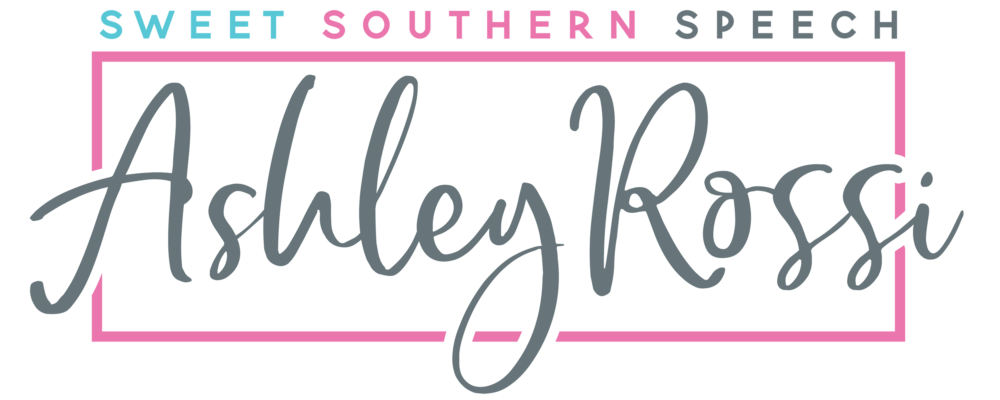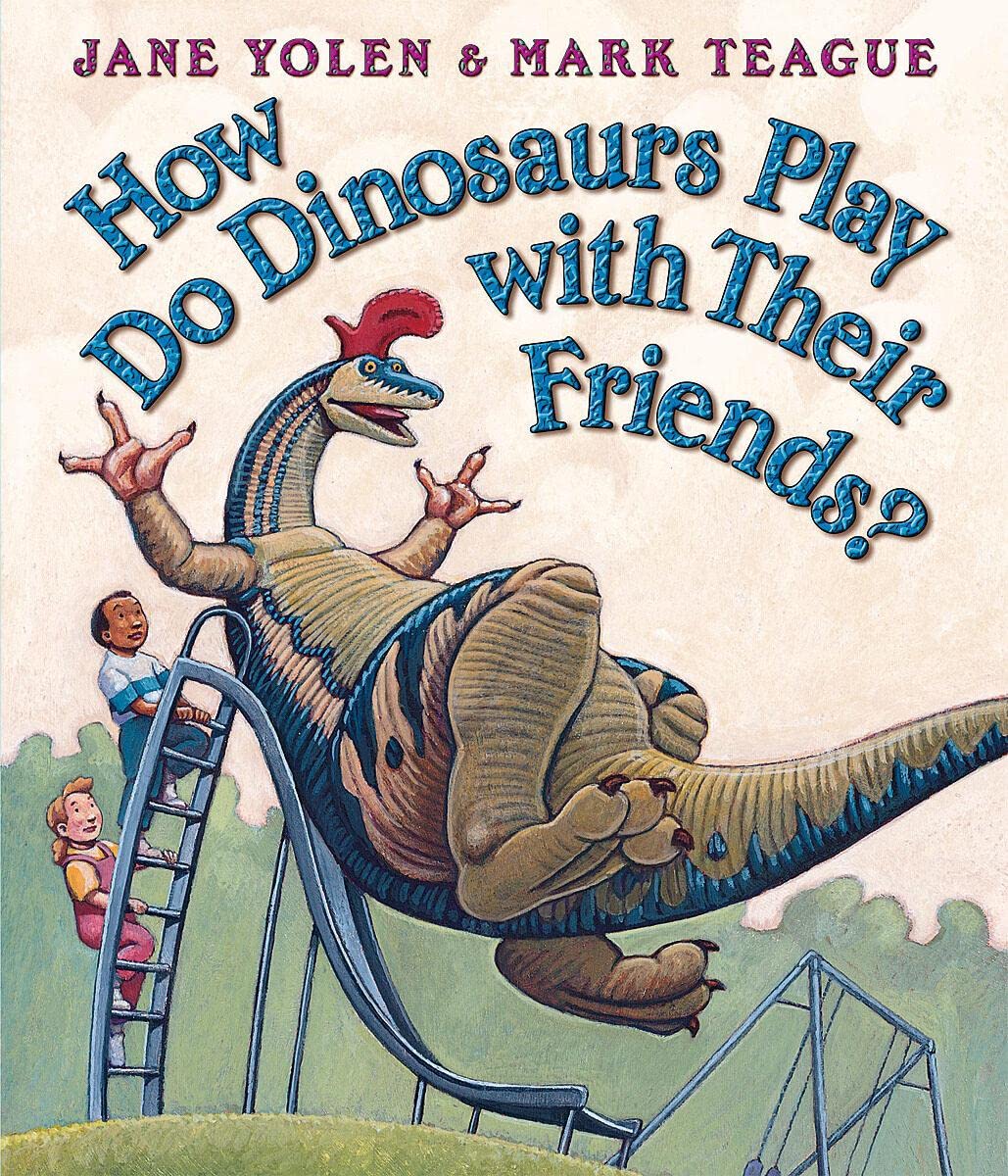What if a dinosaur’s friends come to play? Does he mope, does he pout if he can’t get his way? Does he hide all his dump trucks, refusing to share? Does he throw his friends’ coloring books up in the air? Time and time again, children are told to “play nice.” This brilliantly illustrated board book is packed with rhymes that will teach children how. Mark Teague’s laugh-aloud illustrations, along with Jane Yolen’s playful text, will show children that “playing nice” can be easy and fun. Perfect for parents to read aloud with their children, this book is as humorous as it is instructive.
This fun kindness and dinosaur-themed book can be used in speech therapy to discuss social/emotional issues in the text and in the illustrations. It is also great for inferring and relating to different social scenarios. Discover more of the speech and language teaching concepts for using How Do Dinosaurs Play With Their Friends? in speech therapy below:



